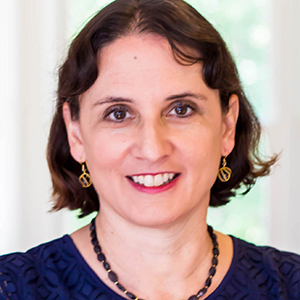Back to class
The past 17 months have brought immense challenges to academic institutions. During the pandemic, administrators weighed difficult choices related to safety, student engagement and maintaining enrollment. Some colleges and universities or individual faculty members opted to go completely virtual, others continued in-person teaching and many navigated a hybrid of the two.
Now that effective vaccines are readily available, we may be turning a corner on the pandemic, and more faculty and students will be able to return to in-person classes in the fall semester. We were interested to know how our fellow faculty members feel about making this transition, and we wanted to get their advice and input if they are already back in the classroom, so we surveyed instructors who have been involved in American Society for Biochemistry and Molecular Biology undergraduate events this past year. Respondents included faculty members across many types and sizes of institutions with a breadth of experiences teaching during the pandemic, as well as faculty members at various stages of the transition back to campus.
Despite that breadth of experiences, some clear themes permeated the responses. Most notably, nearly every faculty member wrote that they primarily are looking forward to face-to-face interactions with both students and colleagues.

Dan Dries, an associate professor of chemistry at Juniata College, cited casual conversations as a key reason he is excited to return to the classroom, writing, “I’ve lost my sense of connection to the college and its students and employees.”

The challenges of teaching in a pandemic reminded some faculty members of what’s important to them about their profession. Curtis Henderson, a professor of biology at Houston Baptist University, wrote, “This past year has helped me realize how much I value interacting with students.”
Faculty members are excited to return to the classroom for many reasons. For some, a return to fully in-person instruction signifies the end of the challenges of remote instruction. For others, in-person instruction in any form brings a valuable social outlet.
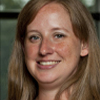
Cheryl Kozina, associate professor of biology at Saint Leo University, wrote, “I miss my students! I miss them dropping by my office unannounced just to chat or to give exciting news about new internships or acceptance to medical/vet/etc. schools. I miss the camaraderie with my colleagues as we have random conversations at the mailboxes or as we transition between classes. I miss the social aspect of my job.”
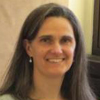
Becky Miller, a lecturer at the University of Massachusetts Amherst, is looking forward to “being in the same physical space as my students. Getting energy from their presence.”

Some are motivated by the desire to reengage in other ways. Martin Hicks, an assistant professor of genetics at Monmouth University and an ASBMB Student Chapter adviser, is “looking forward to a return to in-person events, reach-out programs in the local community and traveling to regional conferences, as well as ASBMB 2022!”
Others expressed excitement about returning to the research lab with their students.
Concerns and challenges
Despite general enthusiasm about returning to the classroom, faculty members also shared concerns about the challenges they face in the transition. Many instructors have questions about safety issues, such as who will be vaccinated, whether the vaccines will be effective against new variants and whether vaccination and/or masks will be required.
Specifically related to academics, some wonder what will happen if institutions plan for in-person teaching but then need to pivot again in response to the pandemic. Some of the challenges of the past year likely will carry over, including having students in and out of quarantine and issues with family members having COVID-19. Anxiety may be high for instructors and students, and we may see an increase in other mental health issues, which will require careful monitoring.
Survey respondents expressed concern about issues associated with students readjusting to in-person teaching such as work ethic, interactions with peers and class attendance. Many instructors provided more flexibility with assignment deadlines over the past three semesters, and they now wonder how this will translate to the next academic year.
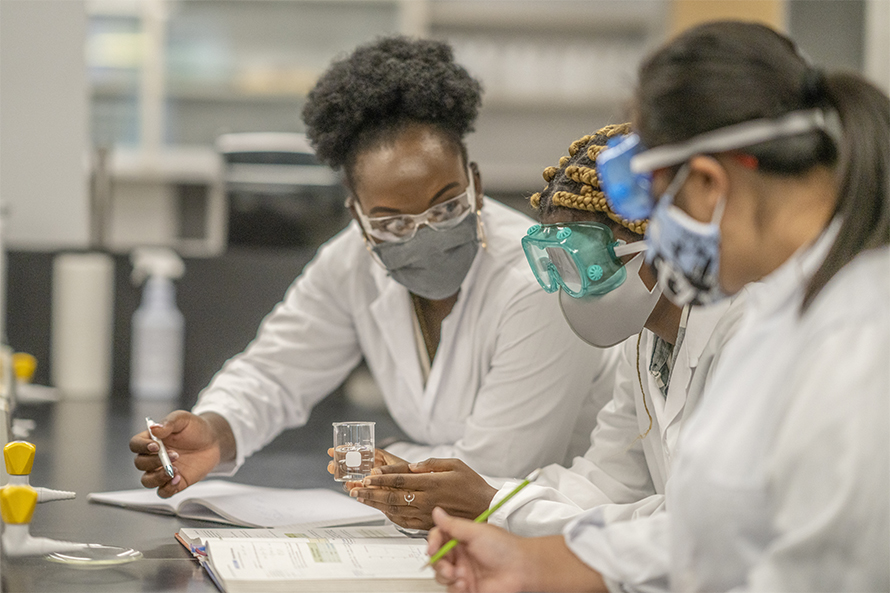
Instructors wonder what prerequisite knowledge students will bring to their classrooms based on their virtual or hybrid learning experiences. Lab skills are one area of concern. And some question the level of preparedness of new first-year students after more than a year of remote learning in high school.

For some students, attending class virtually became more than just a pandemic safety measure as they balanced family and work responsibilities. Anita Nag, assistant professor of chemistry at the University of South Carolina Upstate, wrote, “Students are now used to taking up jobs during course hours. They connect from their job site. Some of them study only at night. Their work ethics have changed. Many students with family responsibilities found (the) asynchronous format more convenient and will have difficulty going back (child care, job, caregiver-related issues).”
Providing equitable access to all students while offering environments that foster student engagement and learning may be one of the biggest issues instructors and institutions will need to weigh moving forward. Many faculty members reported that hybrid learning models, where instructors taught in-person and virtual students simultaneously, did not work well — it was challenging to engage both groups. If they have the option, instructors need to decide whether they will allow students to attend classes virtually, perhaps under special circumstances such as illness, and whether they will record classes for later access.
‘A larger toolkit’
The past year was challenging, but, in many areas, changes made for the pandemic have been for the better. For example, many instructors indicated that they have integrated technology more fully into their repertoire and that it is here to stay. This includes virtual office hours, prerecorded videos, online simulations, methods for digitally annotating slides in real time, increased use of learning management systems, virtual guest speakers and electronic lab notebooks.
Henderson wrote, “This past year has given us a larger tool kit. Feel free to pick and choose what did work to augment prior methods of teaching.”
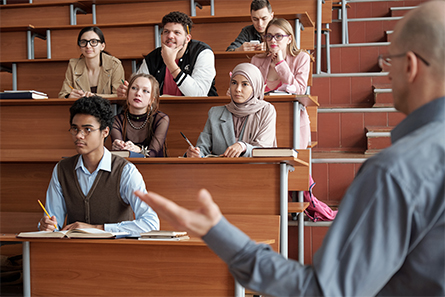
Incorporating these technologies might increase student learning, access and equity, but student engagement remains a persistent problem. Students have unfathomable amounts of information at their fingertips, so the real challenge for instructors may be devising ways for them to engage with the material.
One solution to this issue has been the flipped classroom. By making students responsible for studying material before each class, instructors can spend time leading discussions or have the students work to solve problems related to the material. Some instructors experimented with flipped classrooms in the past, but a number indicated that pandemic restrictions caused them to flip their classes out of necessity — and they now plan to stick with that change.

Susan Walsh is an associate professor of molecular/cell biology and director of the life sciences concentration at Soka University of America. “I’m grateful for the certainty that my institution had in saying we will be online so that we could take the time to really work to understand how best to shift our pedagogy for that situation,” Walsh wrote. “I finally flipped my class and got to practice that. As the data suggest, it works. I’m going to try to keep it.”
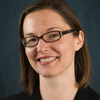
Others wrote that the wholesale changes necessitated by the pandemic caused them to reevaluate fundamental aspects of their teaching. They included Katherine Hoffmann, associate professor and chair of the chemistry department at California Lutheran University.
“I ended up reflecting on how I have them spend their time (in class, in lab) and whether that actually aligns with my priorities and learning goals,” Hoffmann wrote.
‘Be flexible, be patient, be kind’

In the end, students are likely to benefit from all this self-reflection and experimentation in the classroom. As Jennifer Bennett, associate professor and chair of biology and earth science at Otterbein University, put it, “Teaching during a pandemic has been extremely challenging with a much higher workload. At the same time, I believe that I have grown more as an educator over the past year than at any other time.”
With shifting public health policy and continued absences due to illness or quarantine, the pandemic will continue to affect classrooms for some time, so instructors will need to remain flexible. The faculty members we surveyed provided good advice on this theme.

Christopher Berndsen, associate professor of chemistry at James Madison University, wrote,
“Be flexible, be patient, be kind. Building community is more important than pressing through content.”
And Hoffmann advised, “Realize that the students are with you, even if it isn’t polished.”
Whether they already returned to the classroom or are planning to return this summer or fall, these instructors know they should expect some level of continuing uncertainty. John Tansey, professor of chemistry at Otterbein University, put it succinctly: “Things will be different on the other side. Nothing is back to normal.”
Enjoy reading ASBMB Today?
Become a member to receive the print edition monthly and the digital edition weekly.
Learn moreFeatured jobs
from the ASBMB career center
Get the latest from ASBMB Today
Enter your email address, and we’ll send you a weekly email with recent articles, interviews and more.
Latest in Careers
Careers highlights or most popular articles
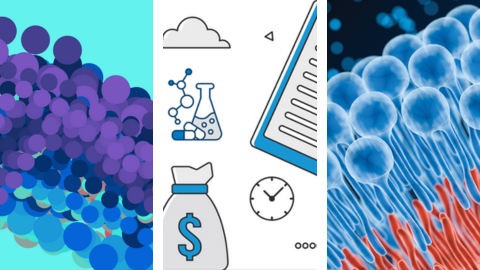
Upcoming opportunities
Molecule of the year nominations are due Friday! Plus: A new Finding the Funds webinar and LRD seminar are coming up later this month.
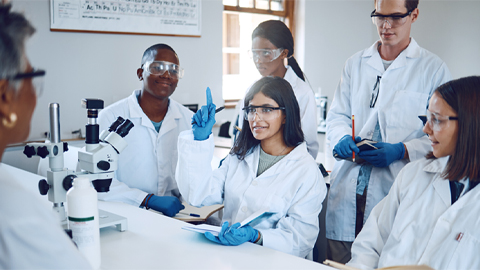
Consider an undergraduate summer research internship in government
Our careers columnist offers a rundown of agencies that can provide you with a couple of months of lab experience.

Upcoming opportunities
Putting ASBMB conferences on your radar! Plus: Award nominations are due Friday.
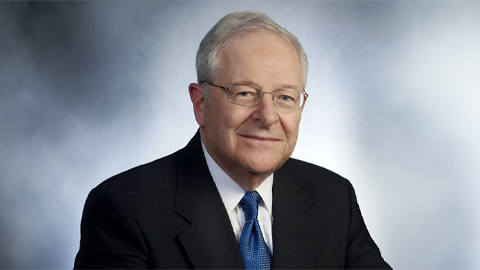
Retiring a research lab
Careers columnist Courtney Chandler talks to Art Spector, a former principal investigator, about making a graceful exit from the bench.

Calendar of events, awards and opportunities
Nominate colleagues for the ASBMB annual awards and your favorite molecule for our inaugural contest!


